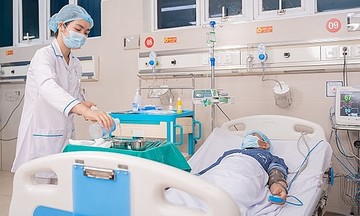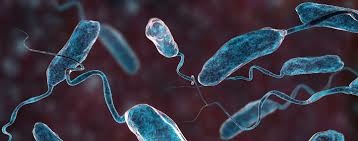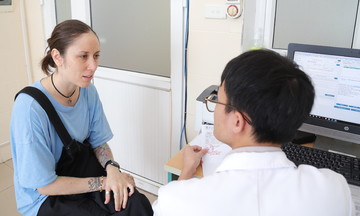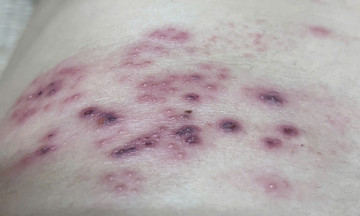Pimples appear when excess oil (sebum), dead skin cells, and bacteria get trapped in pores, causing redness, inflammation, and sometimes pus. Squeezing pimples anywhere on the body can lead to scarring or infection.
When you squeeze a pimple, debris can be pushed from the pore deeper into the hair follicle. This can rupture the follicle wall, spilling infected material (including pus) into the dermis. This worsens inflammation, increasing redness, swelling, and heat in the surrounding skin. The disrupted skin structure can also promote infection, forming a larger pimple or a new one next to the one you just squeezed.
Squeezing pimples poses significant risks in the "triangle of death," the area extending from the bridge of the nose to the corners of the mouth. Manipulating a pimple can cause local inflammation, damage, and potentially introduce bacteria into a wound in this area. Tiny blood vessels feed each hair follicle where acne develops. If a follicle ruptures due to manipulation or infection, bacteria can enter those blood vessels. Veins in this area connect to the cavernous sinus at the base of the brain. Infection here can cause cavernous sinus thrombosis, a blood clot that can lead to facial paralysis, stroke, or even death.
While this complication is rare, if you experience swelling, pain, fever, or rapidly spreading redness after squeezing a pimple in the "triangle of death," you should seek medical attention.
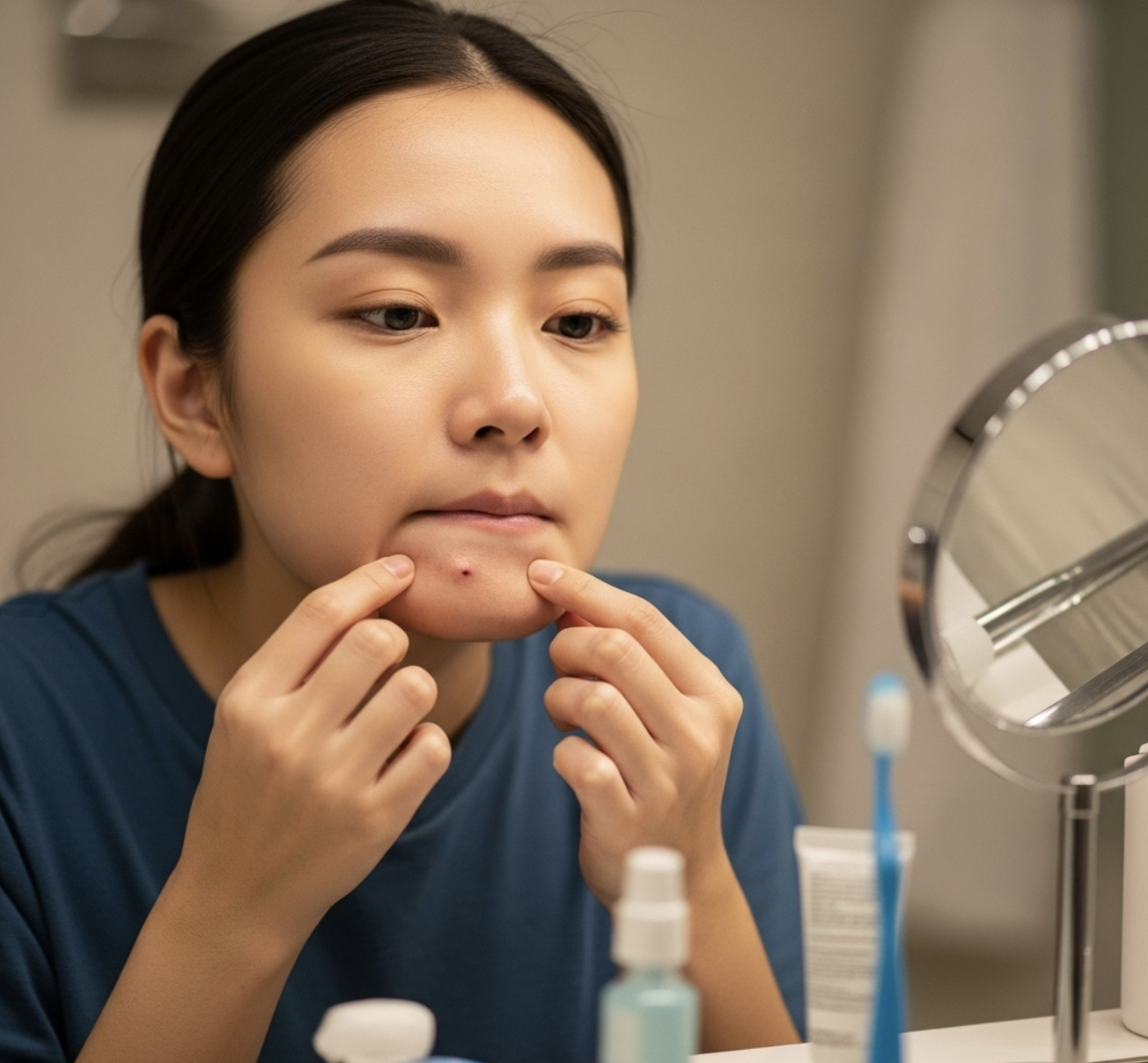 |
Besides new pimples forming near the squeezed one, other skin changes, such as scars and discoloration, can occur. Squeezing pustules causes the skin to break open to release pus, forming scabs and darkening the surrounding skin. Frequent squeezing can lead to nodules (hard, inflamed lesions in deeper tissues) or cystic acne (deep, pus-filled lesions resembling boils).
Once the skin is damaged, tissue can be lost during healing, resulting in pitted or depressed acne scars. The more extensive the damage, the higher the risk of tissue loss. Even if pitted scars don't form, dark marks, known as post-inflammatory hyperpigmentation, can remain. This occurs when severe inflammation damages melanocytes, causing them to release large amounts of melanin pigment. If the damage is mild, the darkening usually resolves. However, with severe or prolonged damage, the discoloration may fade but not disappear completely without treatment.
Safe acne treatment
It's best not to touch or squeeze pimples. Left alone, they usually clear up within a few days. Whiteheads close to the skin's surface may rupture and drain on their own. Deeper pimples will eventually dissolve.
People with acne can try over-the-counter (OTC) treatments. These products are dabbed on or used as patches on pimples to help them dry and heal. You can also try ice packs or warm compresses to shrink pimples.
OTC remedies are most effective for minor breakouts. For very large or persistent pimples, consult a dermatologist for safe and effective treatment. A dermatologist or esthetician can also guide you on how to safely extract pimples.
Anh Ngoc (According to Verywell Health)
| Readers can submit questions about dermatological conditions here for doctors to answer. |




